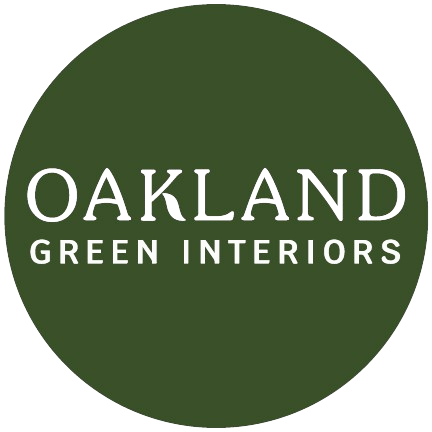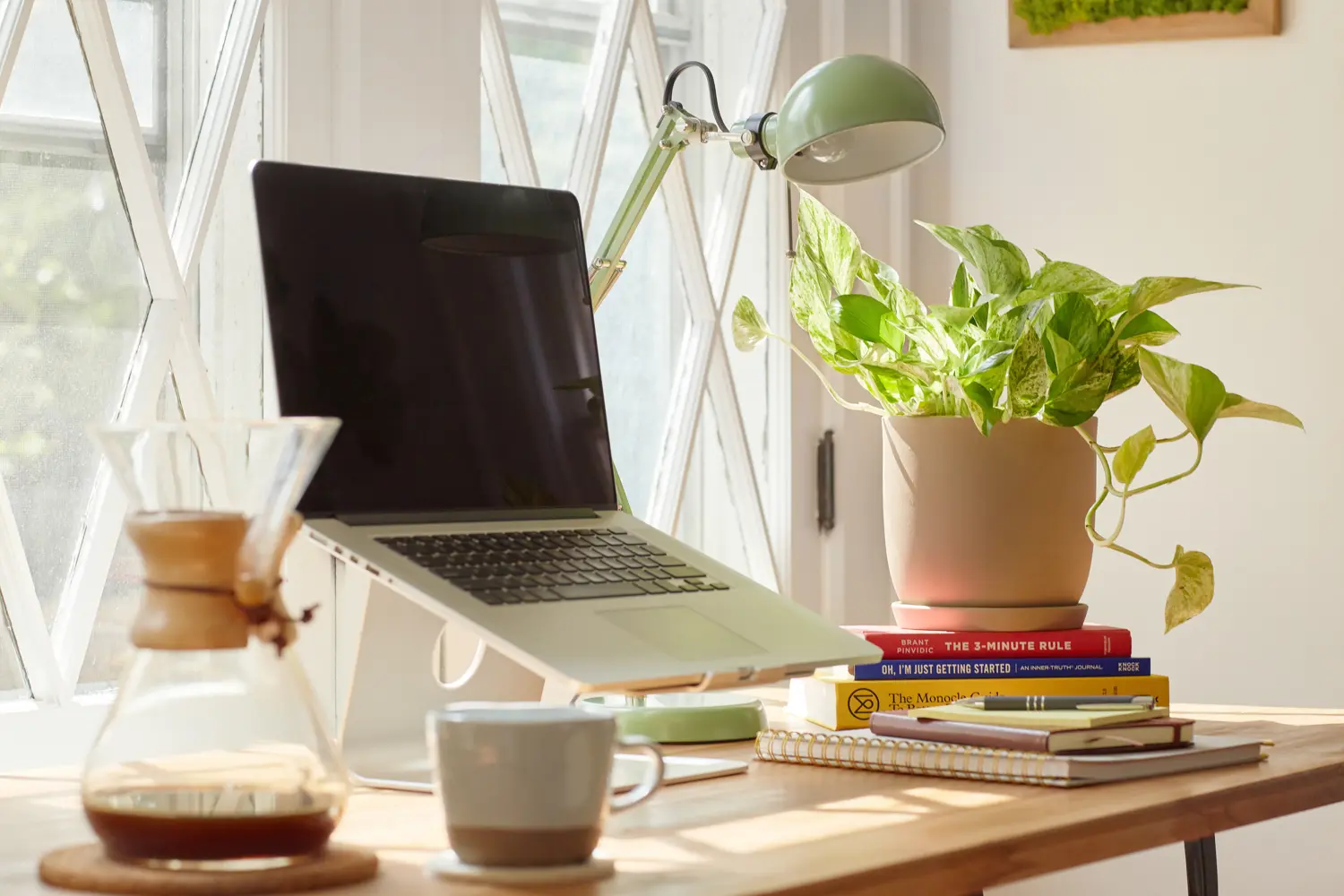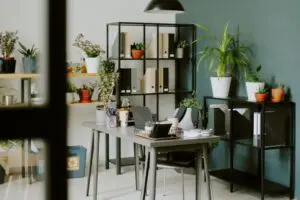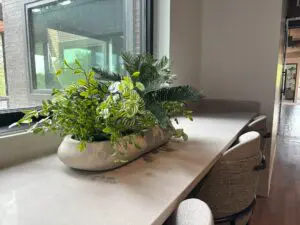For architects, interior designers, and project managers, staying ahead of commercial project timelines means keeping an eye on more than just the floor plan. In 2025, one of the biggest external factors influencing the industry is the changing landscape of tariffs and trade policies. These tariffs—taxes on imported goods—are not just a topic for economists; they are directly shaping material costs, lead times, and sourcing strategies for every FF&E (Furniture, Fixtures, & Equipment) package.
Here’s what you need to know about how tariffs are influencing commercial interiors this year—and how to plan smarter because of it.
1. Rising Costs and Budgeting Challenges
The most immediate and obvious impact of tariffs is the increase in costs. As duties are applied to imported materials and finished goods—from furniture and lighting to flooring and decorative elements—most vendors are passing these surcharges on to their clients.
- FF&E Packages: Expect higher price tags on everything from custom millwork that relies on imported wood to high-end ceramics and metals used in fixtures. For a design firm, this means initial project budgets may need to be revisited and adjusted.
- Volatile Pricing: The uncertainty around potential new tariffs and shifting rates creates a volatile pricing environment. What’s quoted today might not be the price in 90 days, making long-term project budgeting more complex than ever. We’re seeing more surcharges being added to orders to offset this uncertainty, a key consideration for your billing structures.
2. Supply Chain Disruptions and Extended Lead Times
In 2025, shifting trade policies are having real impacts on sourcing and scheduling—especially for custom or imported materials.
- Shipping Delays: As manufacturers adjust sourcing and navigate customs backlogs, shipping delays are becoming more common. Relying on a single overseas vendor—especially in countries affected by tariffs—can create major ripple effects on your timeline.
- Smarter Sourcing Strategies: Many design teams are now diversifying their supplier networks to reduce risk. While this adds time to the research and vetting process, it also builds flexibility into your FF&E planning. In today’s market, resilience in sourcing is just as important as design integrity.
3. A Renewed Focus on Domestic and Local Sourcing
With imported goods becoming more expensive and less reliable, the market is seeing a renewed focus on domestic and nearshore manufacturing.
- “Made in America”: Specifying U.S.-made products can help stabilize both cost and lead times—making it easier to keep projects moving, even when global supply chains shift. While some domestic items may carry a higher upfront price, they offer reliability that pays off in the long run.
- An Opportunity to Go Local: This sourcing shift opens the door to work with local artisans and makers. Whether it’s custom planters, textiles, or feature elements, locally crafted pieces can bring a one-of-a-kind story to your space—and sidestep import challenges entirely.
- Rethinking Materials: We’re also seeing a shift toward materials less impacted by tariffs, like recycled goods, domestic stone, and regionally available finishes. These choices keep budgets in check while supporting sustainability goals.
4. Smarter Design Through Value & Resilience
In this new economic climate, the conversations with clients are changing. Design professionals must be prepared to offer creative solutions and strategic alternatives.
- Investing in Longevity: There’s a growing focus on specifying materials and furnishings that will stand the test of time. High-quality pieces that can be reupholstered, refinished, or repurposed offer long-term value and help move away from the short lifecycle of “fast furniture.”
- Flexibility and Adaptability: Adaptability is no longer optional—it’s a built-in benefit. Modular furniture, flexible layouts, and multipurpose spaces allow environments to evolve with changing needs. This kind of resilience adds measurable value and makes your project more future-ready in a shifting market.
Navigating Tariffs with Confidence: A Partnership Approach
While tariffs add uncertainty to the design process, they also reinforce the value of expert partnerships. At Oakland Green Interiors, we know that living systems—like green walls and integrated planters—are more than just finishing touches. They’re an essential part of your FF&E strategy. Here’s how we help you stay ahead:
Clear, Confident Budgeting: Our proposals outline all costs up front, including long-term maintenance, so you can plan with confidence and avoid surprises.
A Resilient Supply Network: We work with a diverse mix of trusted local growers and suppliers, reducing dependency on any one source and keeping your timelines on track.
Integrated, Long-Term Solutions: From the earliest design stages, we help specify living elements that are built to last—protecting your investment and design vision.
In 2025, adaptability and strategic partnerships are your greatest assets. And with the right partners in place, your projects can thrive, regardless of what the headlines say.
Ready to secure the living elements of your next FF&E package? Let’s connect!






